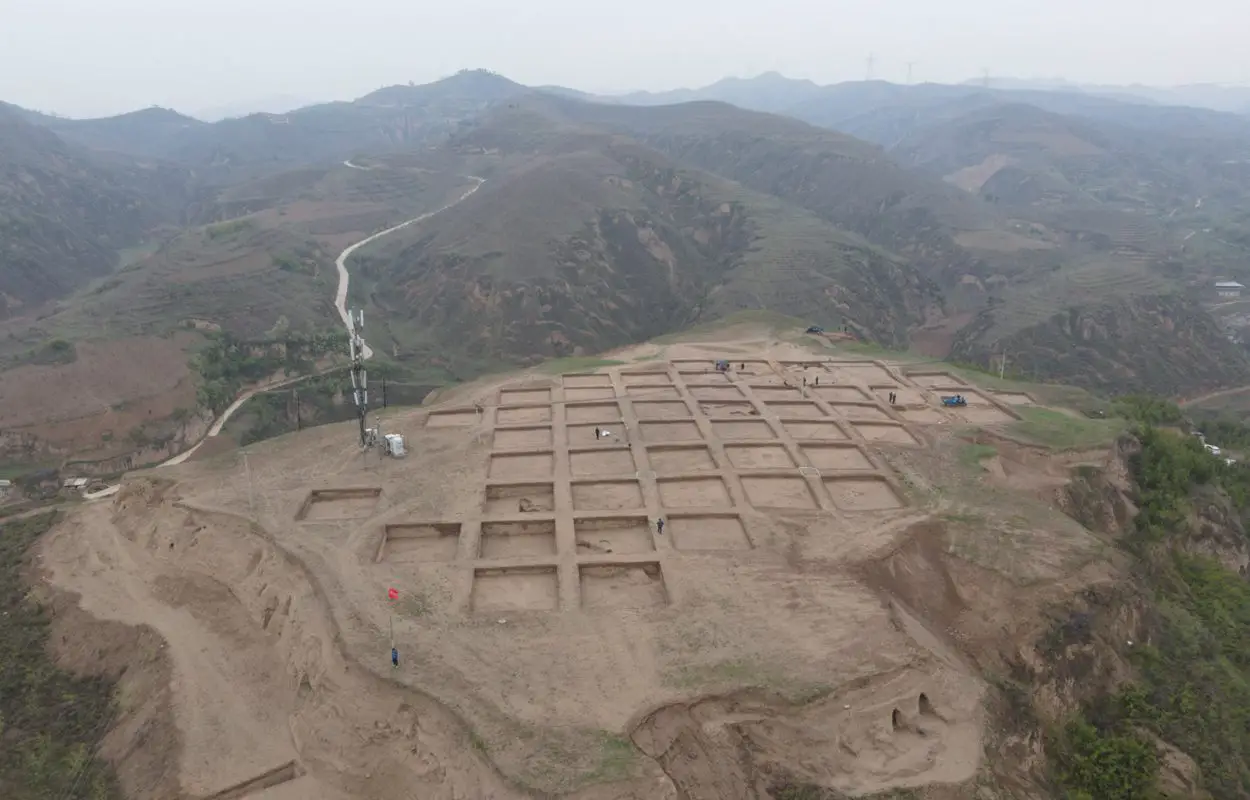In a press announcement by the State Administration of Cultural Heritage, archaeologists have discovered a large number of high-status tombs in Qingjian, northern Shaanxi, China.
The Lijiaya Culture emerged during the Shang Dynasty (1600 BC – 1045 BC), named for the type-site of Lijiaya, a fortified settlement in the wider Lijiaya area.
Archaeologists under the direction of the State Administration of Cultural Heritage have been excavating the Zhaigou archaeological site, a Lijiaya settlement in Qingjian County.
A study of the surrounding hills, an area covering 3 million square metres, has led to the discovery of rammed earth buildings, high status tombs, cemeteries, and hundreds of artefacts.

Sun Zhanwei, an associate researcher at the Shaanxi Provincial Institute of Archaeology, said: “9 high-status cemeteries from the late Shang Dynasty were discovered, in addition to 7 “A”-shaped tombs that are distributed in the north-south direction. They are the largest and most numerous high-status tombs discovered in northern Shaanxi so far.”
A total of 4 Shang Dynasty tombs were also found in the Changliang cemetery of Houliujiata, arranged in a north-south direction. A tomb, designated M1, is a “jia”-shaped tomb, which is located at the northernmost part of the cemetery.
Tombs, M2, M3, and M4 are earth pit tombs with vertical pits, where the researchers found more than 200 burial offerings, a complete set of bronze chariots and horses, a swallow-shaped copper belt buckle inlaid with turquoise, a turquoise-inlaid animal-faced bone casket, gold earrings, seashells, jade artefacts, various funerary vessels, and axes and arrowheads made from copper.
According to the researchers, the excavations have increased our understanding of the political territory and geographical structure of the Shang Dynasty during the Yin Ruins period, and the exchange and interaction between the core area of Shang culture and the territories to the north.
State Administration of Cultural Heritage
Header Image Credit : State Administration of Cultural Heritage

